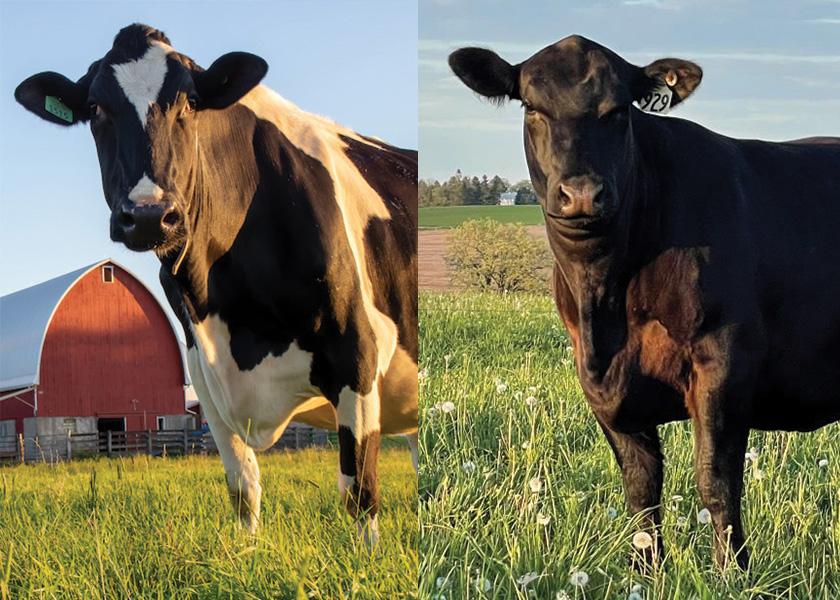Today is No ‘Udder” Day – It’s Cow Appreciation Day!

Have you “herd?” It’s National Cow Appreciation Day! While both beef and dairy farmers appreciate their animals each and every day, the second Tuesday in July serves as a day of national recognition.
History
Cow Appreciation Day was first created by Chick-Fil-A, one of America’s largest fast-food restaurant chains. The first Cow Appreciation Day was held in 2005 as a means to bring more attention to the company after it’s humorous marketing campaign ‘Eat Mor Chikin,’ which began in 1995. Since its conception, the day has become a national phenomenon.
For 14 years, the fast-food restaurant celebrated Cow Appreciation Day by handing out free meals to customers dressed up in cow costumes. However, Chick-Fil-A is hitting pause on the celebration for the third year in a row, primarily due to Covid-19 concerns and high inflation costs.
“While Cow Appreciation Day continues to be one of our favorite days of the year, the best decision for our restaurant teams is to not hold the in-person event this year. This was a difficult decision, but we look forward to giving our guests delightful cow interactions in future years,” the company said on its website.
Despite Chick-Fil-A “cancelling” this year’s Cow Appreciation Day, there’s still room to celebrate these beautiful bovines. Here are a few little-known facts about both beef and dairy cows.
Dairy Cows
- There are six main breeds of dairy cows. The main breeds are Ayrshire, Brown Swiss, Guernsey, Holstein, Jersey, and Milking Shorthorn. A seventh, Red and White, is a variation of the Holstein breed.
- The average cow chews at least 50 times per minute.
- A cow’s sense of smell is much stronger than ours. They can pick up scents from up to 6 miles away!
- A cow that is milking drinks about 30 to 50 gallons of water each day. That’s enough water to fill a bathtub. During periods of heat stress, water intake may double. Water weighs 8.35 pounds per gallon, so a milking dairy cow may consume as much as 420 (or more) pounds of water daily.
- Mature Holstein cows typically weigh around 1,500 lb. and stand 58 in. tall at the shoulder, making the largest of the U.S. dairy breeds.
- The average Holstein produces around 23,000 lb. of milk, or 2,774 gallons, each lactation. That amounts to 75 lb., or almost 9 gallons of milk daily during a cow’s standard lactation of 305 days.
- The world record for milk production was set by Selz-Pralle Aftershock 3918, a Holstein cow from Wisconsin, in 2017. She produced 78,170 lb. of milk that year.
Beef Cows
- There were 768,542 cow herds recorded in 2017, according to the USDA Economic Research Service’s National Agricultural Statistics Service (NASS) Census of Agriculture.
- The average beef cow herd had 43.5 head in 2017, with a total of 30.125 million beef cows across the U.S. in 2022.
- Operations with 100 or more beef cows composed 9.9% of all beef operations and 56% of the beef cow inventory in 2017.
- Nebraska is home to the top three beef cow counties in the U.S., including the nation’s number one cow county—Cherry County, with nearly 166,000 cows. Oklahoma is the second-leading producer of beef cows.
- Most beef cows calve in the spring and have their calves weaned at three to seven months of age.
- Cows voluntarily consume about 2% of their body weight each day.
- Cows spend about 6 hours per day eating and another 8 hours chewing their cut.







